The Haworthia is well-known for its succulent leaves, which come in various colours, from thick and fat to thin and bristly. These colours include hues of green, red, and brown (nearly black). Haworthia species include varieties of texture, lines, stripes, lumps, and spots, while others are smooth.
In conclusion, Haworthias are an excellent, attractive option if you’re seeking a houseplant or a new arrival to your yard.
Most Haworthia varieties are identifiable through the rosette-like leaves that emerge from the stem axis. Haworthia species vary widely, making it challenging to generalize about them. But how do you identify other varieties?
So many Haworthia types are available for your house or yard, with dozens of varieties.
These plants store water in the stems and leaves and are famous for growing indoors because of Haworthia Plant benefits. Haworthia is divided into many types and varieties. This article will teach you the most popular Haworthia types and their varieties.
Most Popular Haworthia Types
So many Haworthia varieties are available for your house or yard, with dozens of species.
In the gardening area of supermarkets, home improvement stores, and gardening centres, you can discover Haworthia types. Haworthia is divided into many subgenera and species. This plant comes in roughly 20 different varieties.
Through this article, you will learn about the most popular Haworthia Types along with their Varieties.
1. Haworthia Fasciata (Haworthia Zebra Plant)
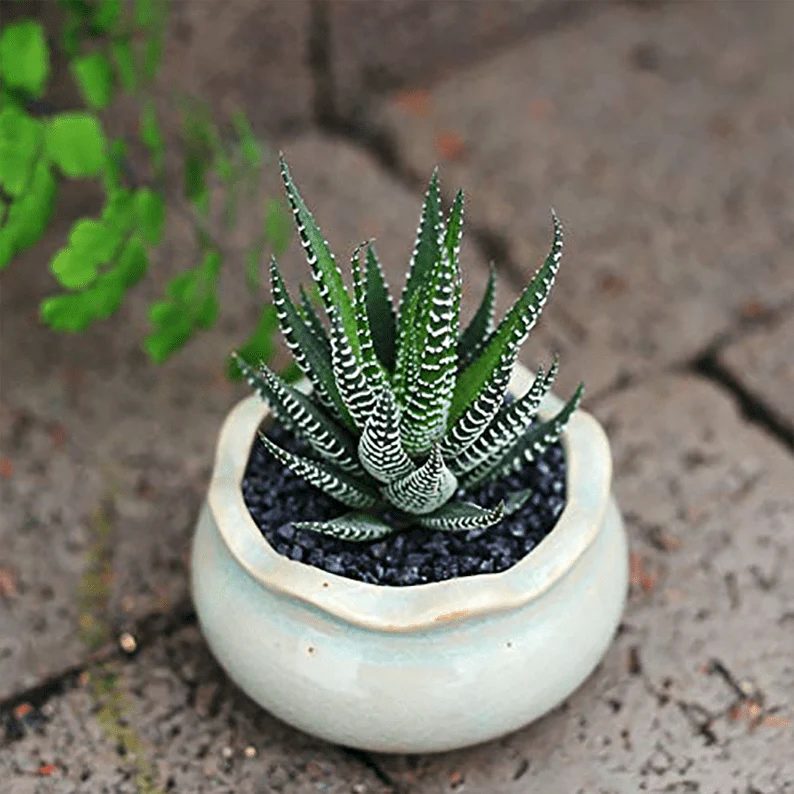
Haworthia fasciata is its scientific name and is frequently referred to as the Zebra Plant or Haworthia Zebra plant. The distinctive feature of this Haworthia type is its green exterior, which has white horizontal stripes that look like zebra stripes.
A low-growing succulent with a height range of 4 to 8 inches (0.2 m) is the Haworthia Fasciata (ca. 20 cm).
It often blooms in the summer and has triangular-shaped leaves having white flowers. It is preferable to preserve for use as an indoor plant if you reside in a region where the temperature gets below 30°F because it is not cold resilient.
Varieties of Haworthia Fasciata
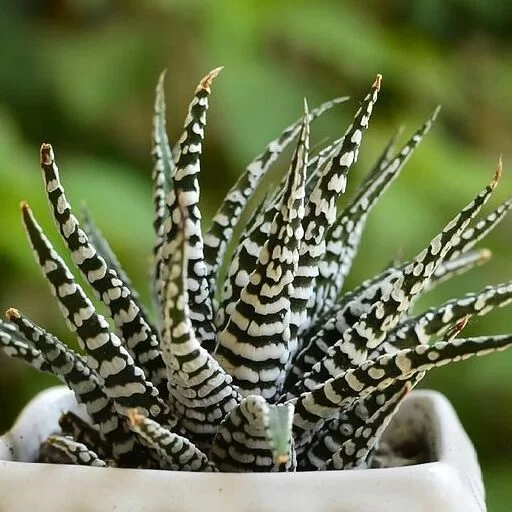

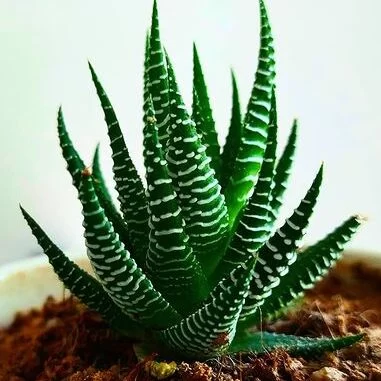
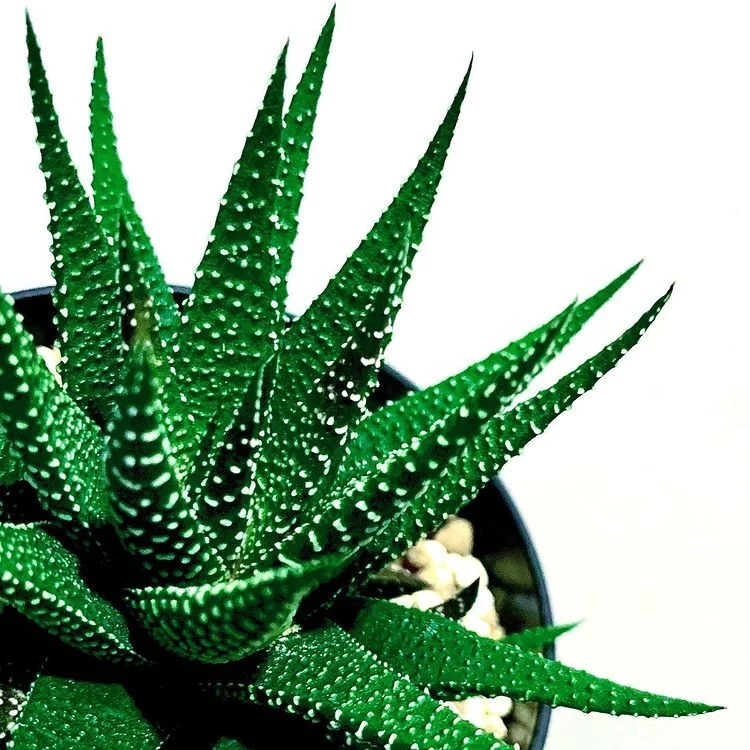
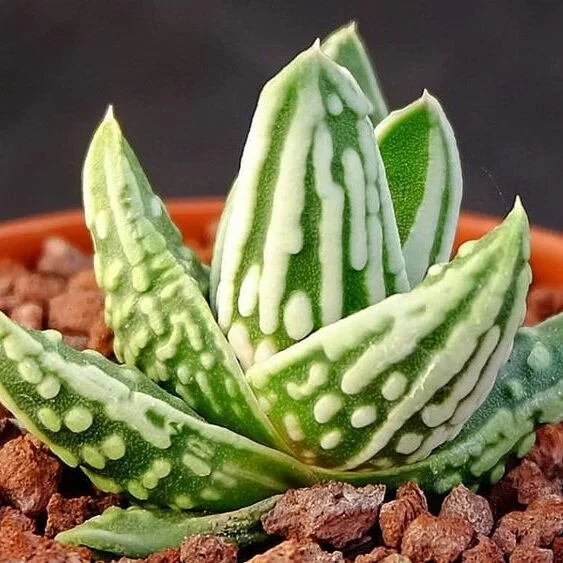
(Tears of Angels)
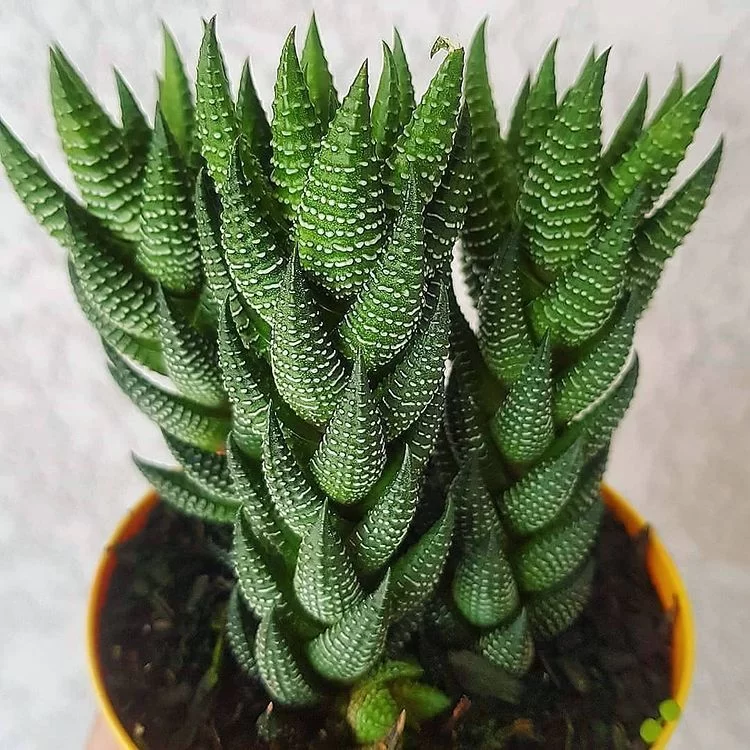
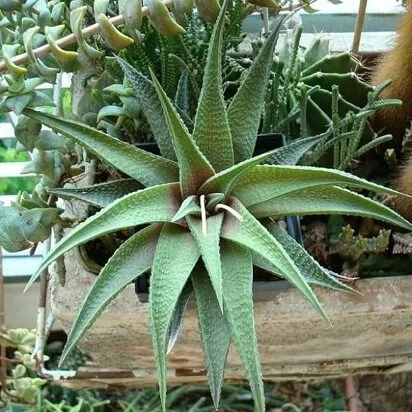
2. Haworthia Cooperi
Haworthia Cooperi, Pussy Foot, and Window Haworthia are different names for this Haworthia variety. It is a slow-growing, tightly grouped succulent with elongated, cylindrical leaves that can be seen above the soil.
The lustrous leaves emerge in a rosette pattern from the stalk. You can see the plant’s translucent leaves by exposing it to a light source.
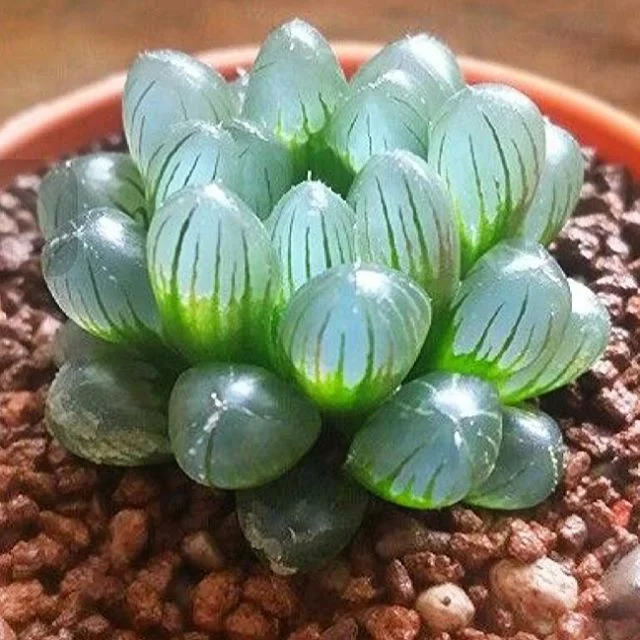
The Haworthia Cooperi has left up to 1.8 inches long and 0.5 inches wide, rosettes reaching 3.2 inches in diameter, and just a maximum height of 2 inches. Haworthia Dielsiana, Haworthia Gordoniana, Haworthia Pilfera, and Haworthia Venusta all come in the same type as Haworthia Cooperi.
3. Haworthia Correcta
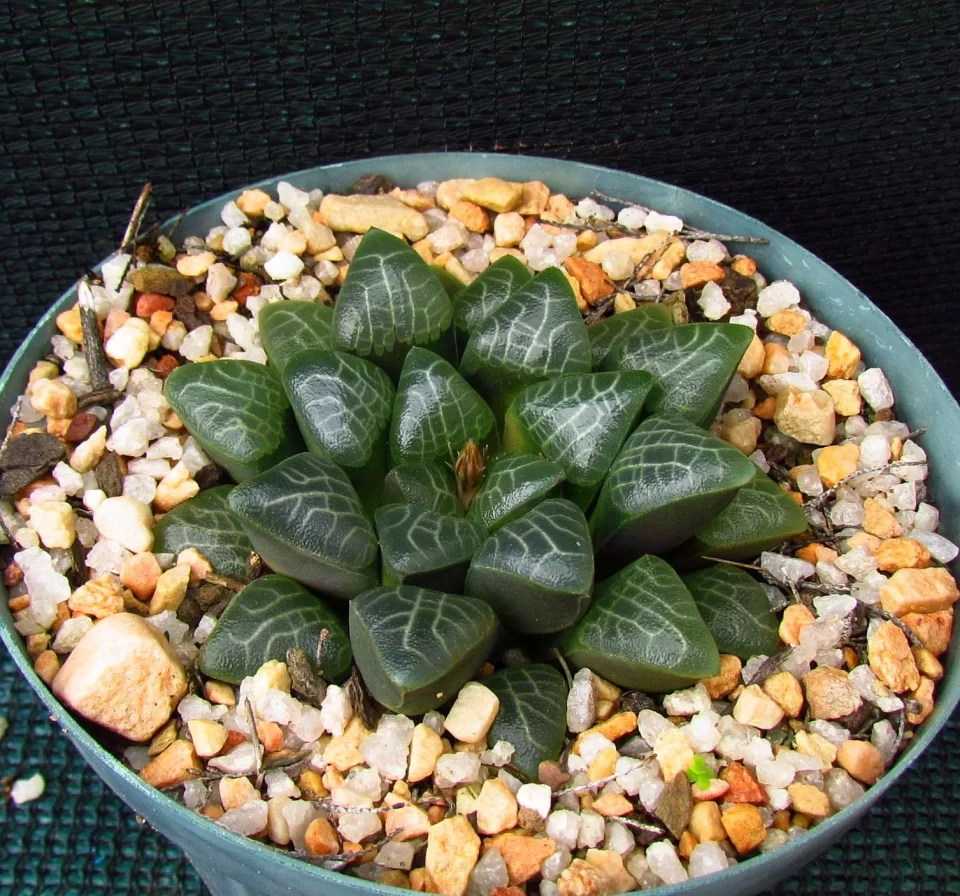
The right Haworthia has lusciously huge, slowly-growing leaves, typically dotted with veins that appear to create patterns on their surface.
It’s crucial to balance how much sun this plant receives because too little will lead it to wilt and become brown. As a result of the leaves reaching upward from too much sun, the greenery develops gaps. It also goes by the name Haworhia Bayeri.
4. Haworthia Cymbiformis
The Haworthia Cymbiformis reaches a height of around 3″.
The nature of the substrate, the accessibility of food and water, and other environmental conditions significantly impact how quickly these plants grow. The bulbous, fleshy leaves of the plant have dark stripes that extend from the base of the plant to the tip of the leaves. Haworthia cymbiformis has succulent translucent, pale green leaves that enable more light to pass through the leaf.

Varieties of ‘Haworthia Cymbiformis’
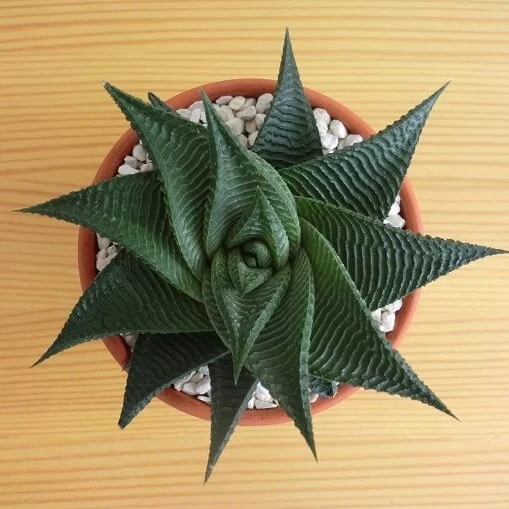
5. Haworthia Truncata
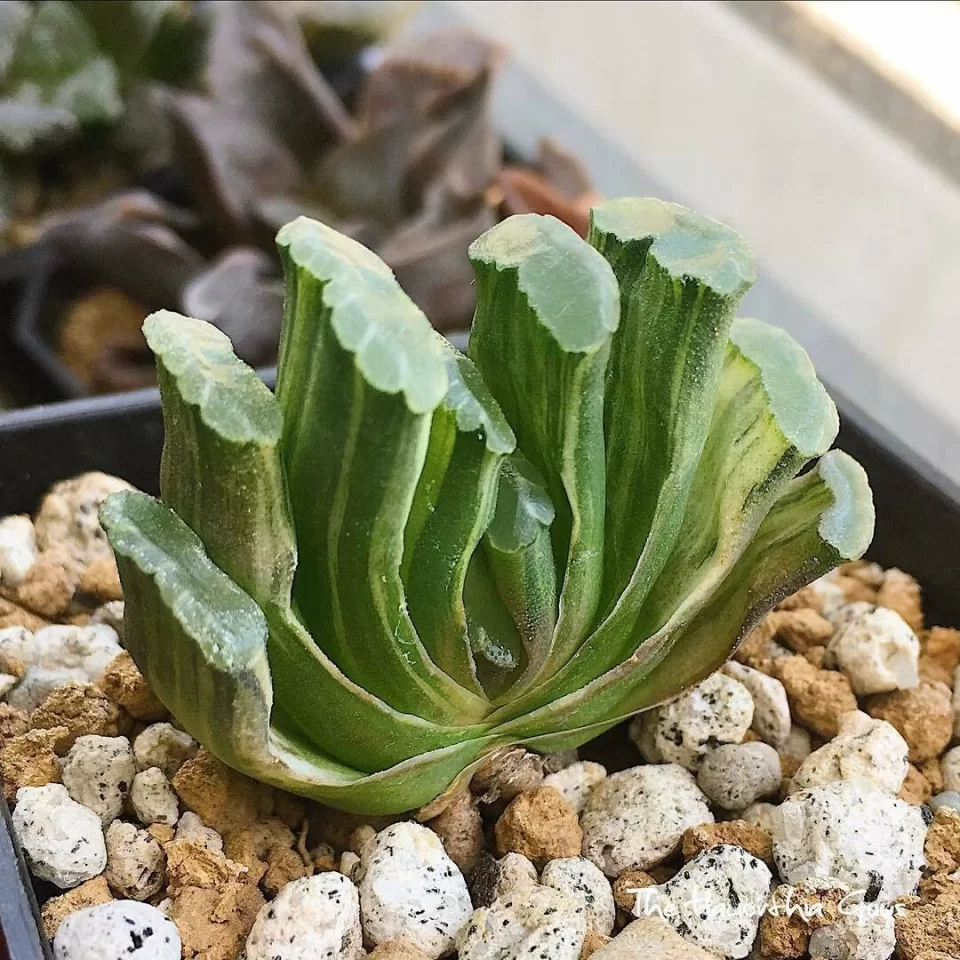
This diminutive species of succulent plant is also known as horse’s teeth. Haworthia Truncata’s top portion of the leaves, which appear truncated, are referred to as “truncata.” The plant’s unusual leaves have warty surfaces, a near rectangle cross-section, and a distinctive grey or grey-green colour.
Just the leaves of these plants protrude well above the soil; the rest of the plant grows underground.
It can reach a height of 3″ to 5″ inches. Usually, Haworthia Truncata flowers bloom in summer. Its petals are a pale greenish-white colour.
Haworthia Truncata Varieties

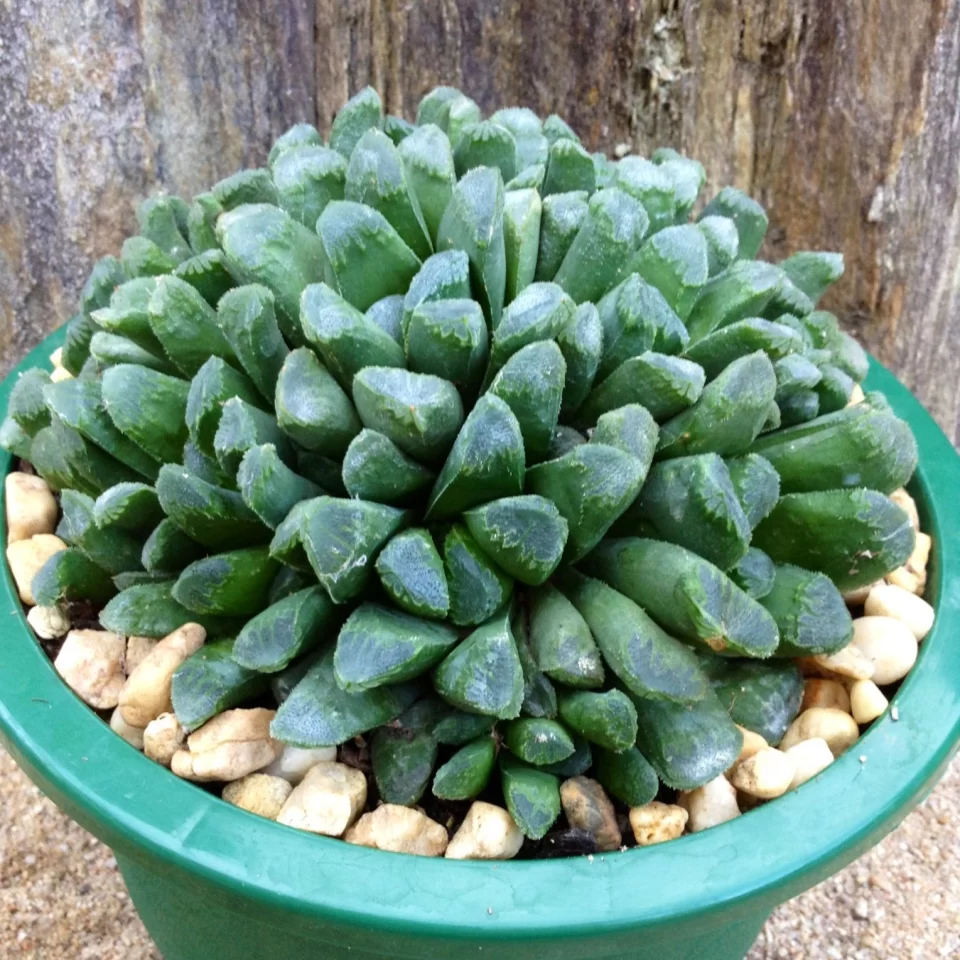
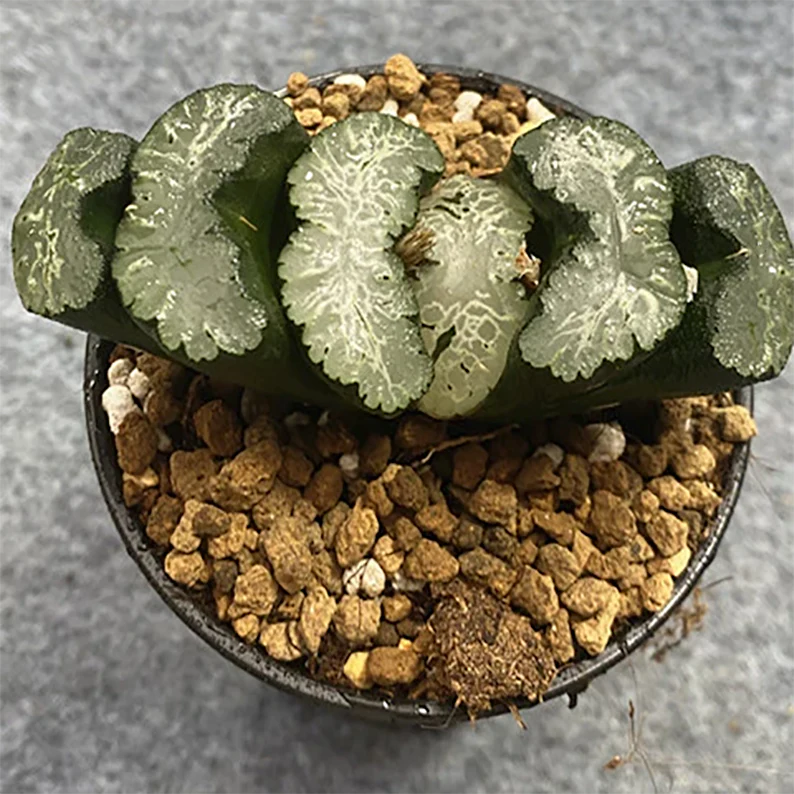
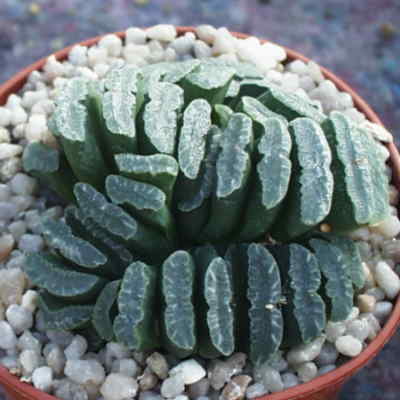
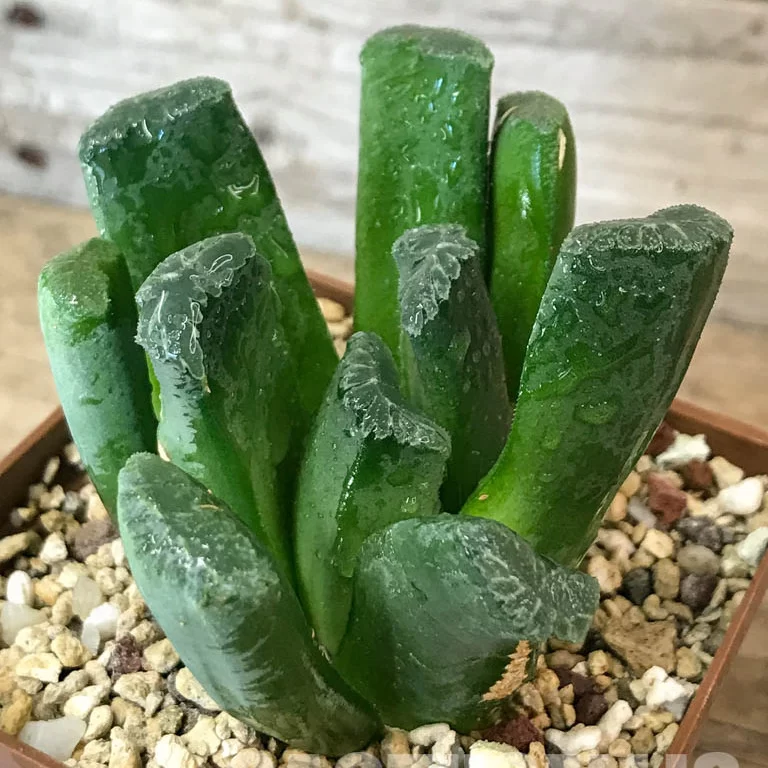
6. Haworthia Retusa
The Haworthia Retusa, also known as the Star Cactus or the Window Succulent, seems slow-growing succulent with a small rosette of transparent triangular leaves. These little plants are easy to care for and are frequently used in cactus gardens and on window sills.
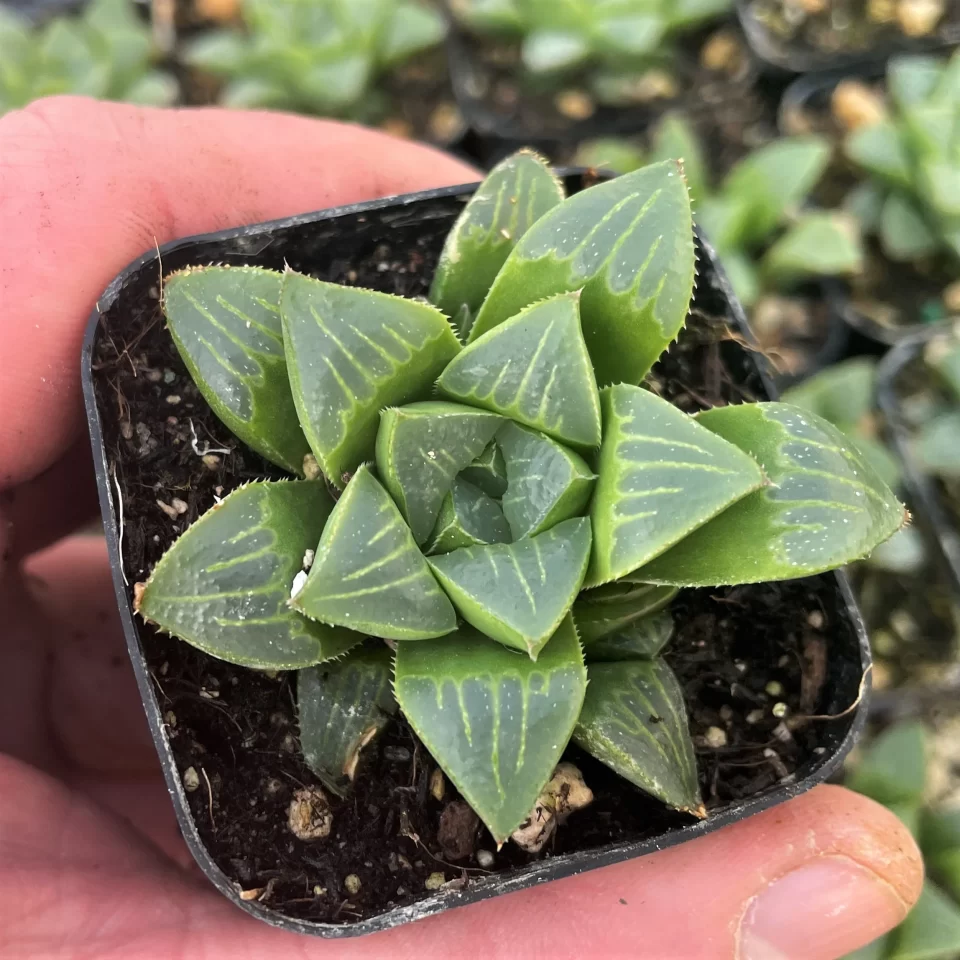
During the late spring and early summer, the Haworthia Retusa plant blooms from one high flower stalk inside the centre of the rosette. With tiny white tubular blossoms, these stalks can reach heights of up to 20 inches.
FAQs
Q1. How do Haworthia Fasciata and Haworthia Attenuata differ from one another?
Unlike Haworthia fasciata, which only have them on the outside of the leaf, Haworthia attenuata has white tubercles on both sides of the leaf. Because of this, the leaves of Haworthia attenuata are smoother than those of Haworthia fasciata. For added strength, its leaves also contain fibres; Haworthia attenuata does not. Haworthia fasciata has slightly shorter leaves than Haworthia attenuata, which have leaves that are varied in size.
Q2. Does Haworthia require full sun?
Haworthia thrives in the direct morning sun and prefers bright lighting. Intense afternoon sun may be too much for the plant and cause its foliage to burn.
Q3. Is it simple to grow Haworthia?
Haworthia is a simple plant to cultivate inside and outdoors in its hardiness zones. Simple and quick care is all that is required for feeding and watering.
Q4. How quickly does Haworthia expand?
Most Haworthia species remain small because it grows relatively slowly.
